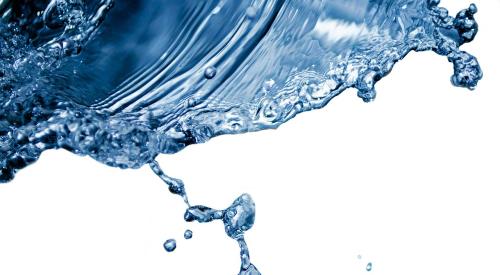The joint committee governing the American National Standards for drinking water treatment units recently lowered the maximum allowable concentration of lead to 5 parts per billion (ppb). NSF/ANSI 53: Drinking Water Treatment Units - Health Effects and NSF/ANSI 58: Reverse Osmosis Drinking Water Treatment Systems now require drinking water treatment units to reduce lead in drinking water to 5 ppb or less—a 50% drop from the previous 10 ppb. This threshold matches Health Canada’s new maximum allowable concentration level of 5 ppb.
The World Health Organization and other public health organizations have concluded there is no safe level of lead, with even low concentrations causing adverse health effects, especially for infants and children. The primary source of lead in drinking water is from use of lead pipe or lead-containing alloys in supply lines and premise plumbing, fixtures, fittings, and solder.












